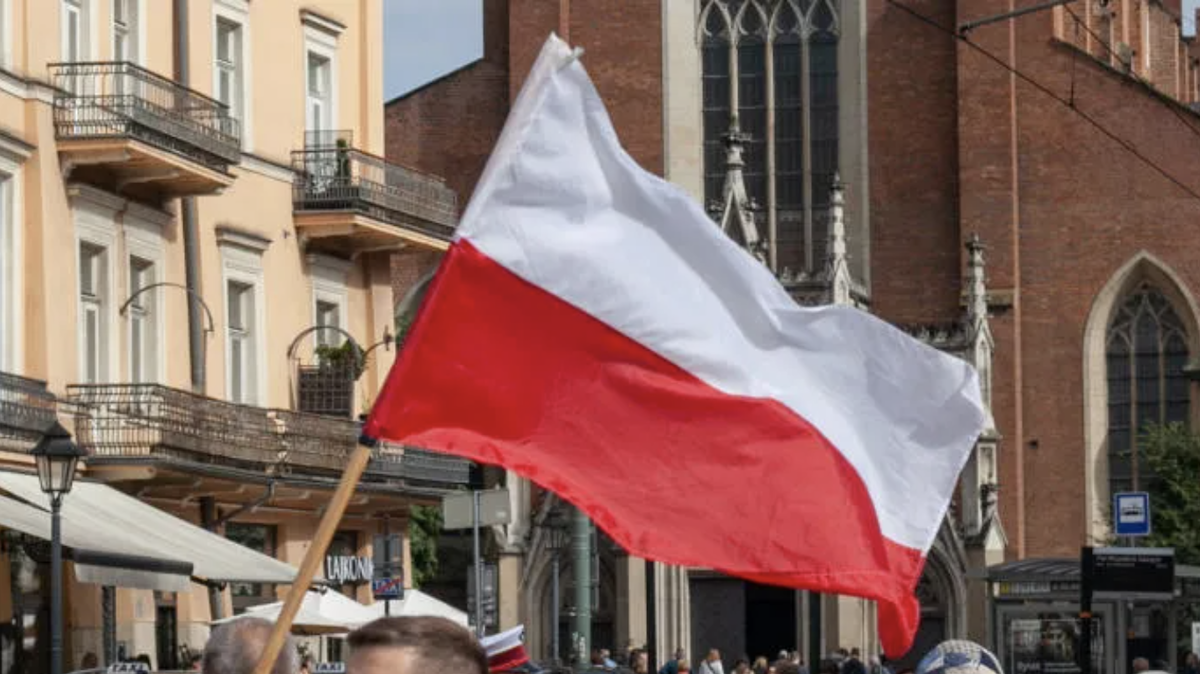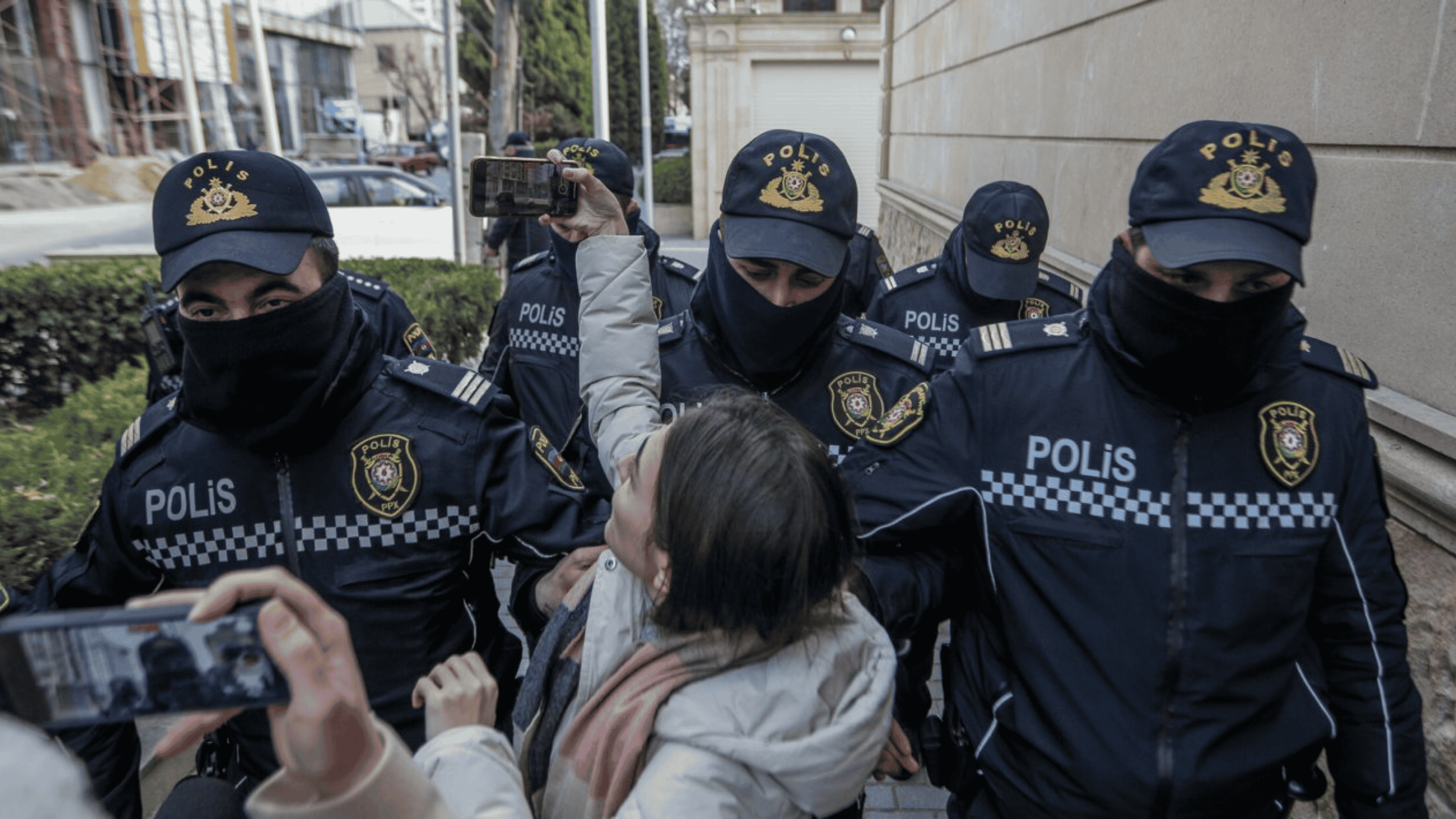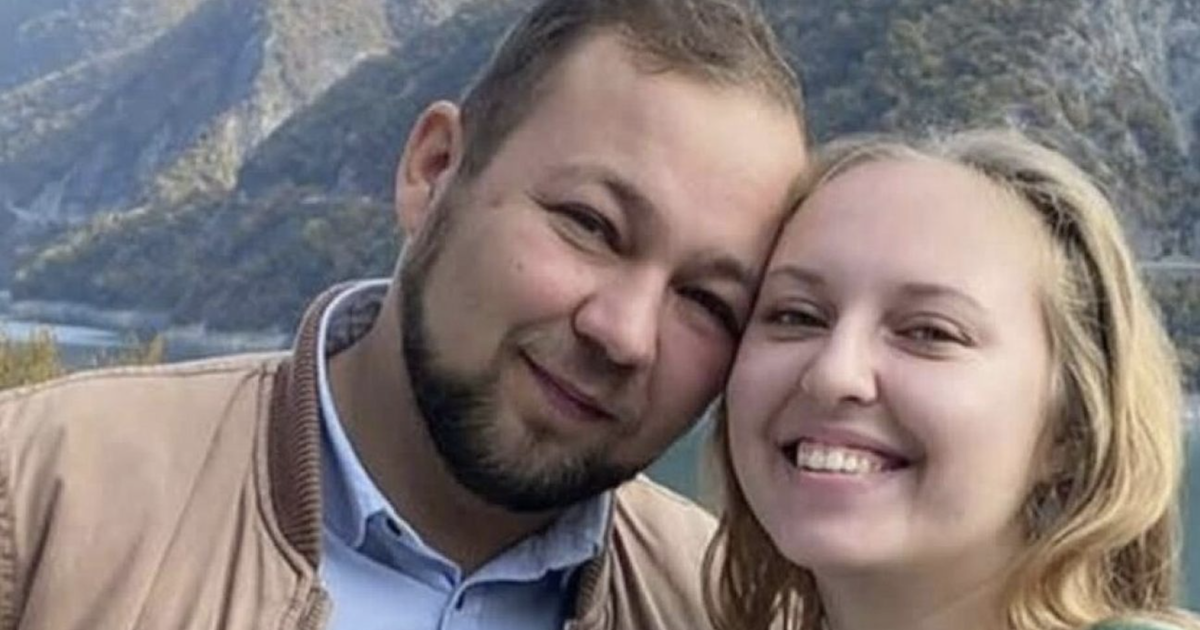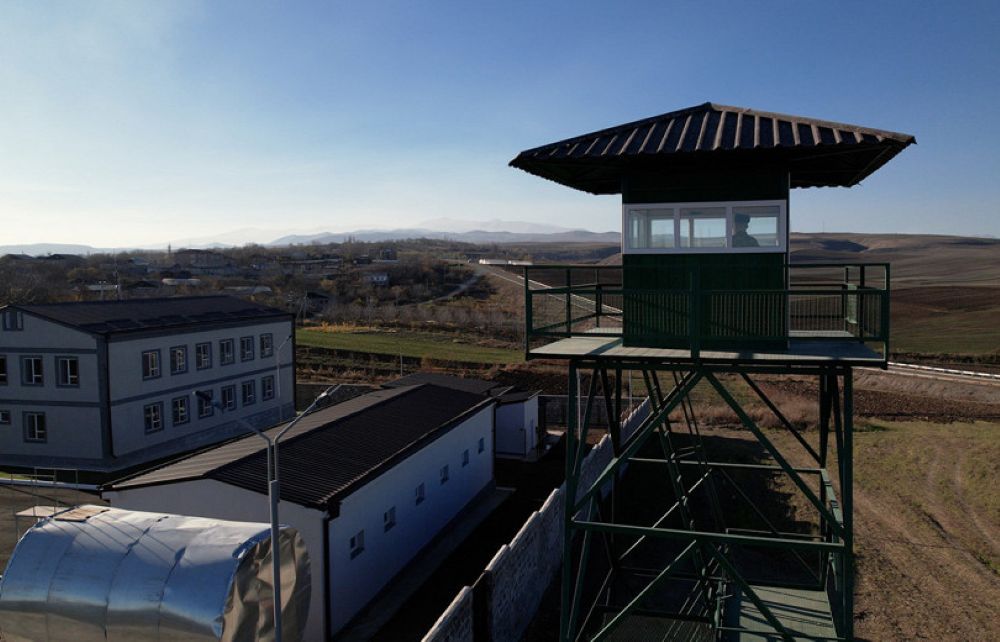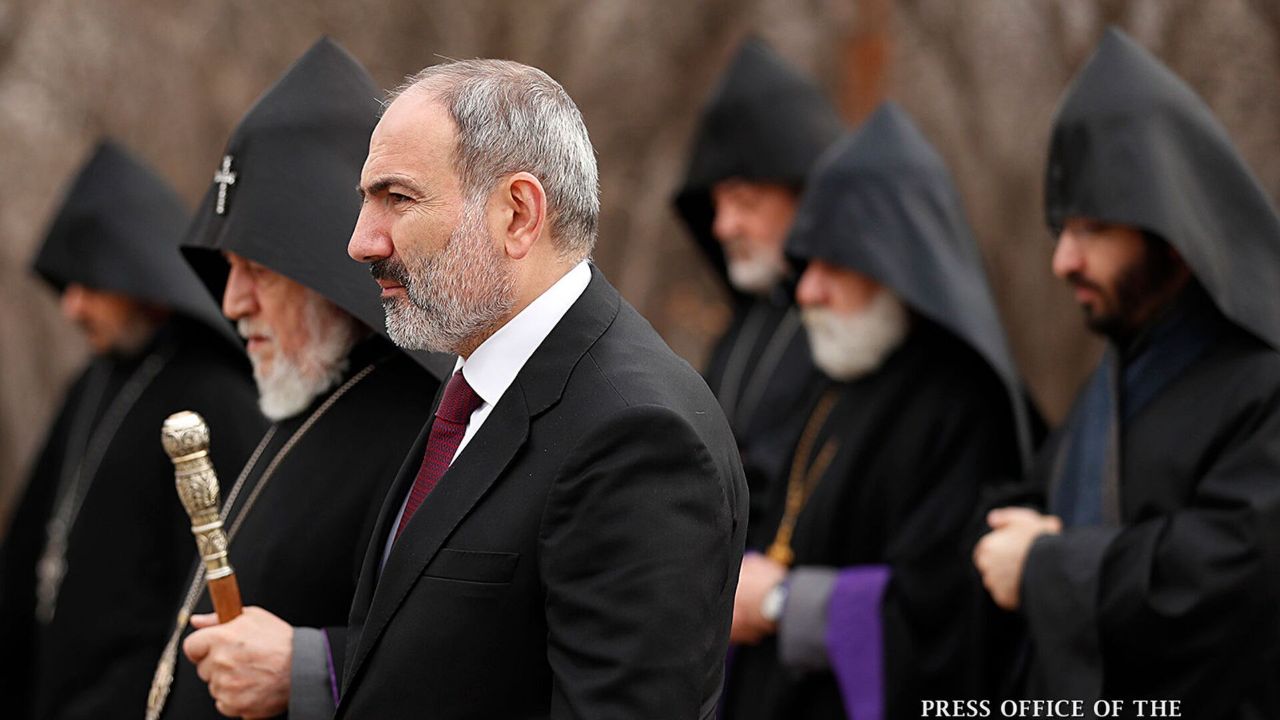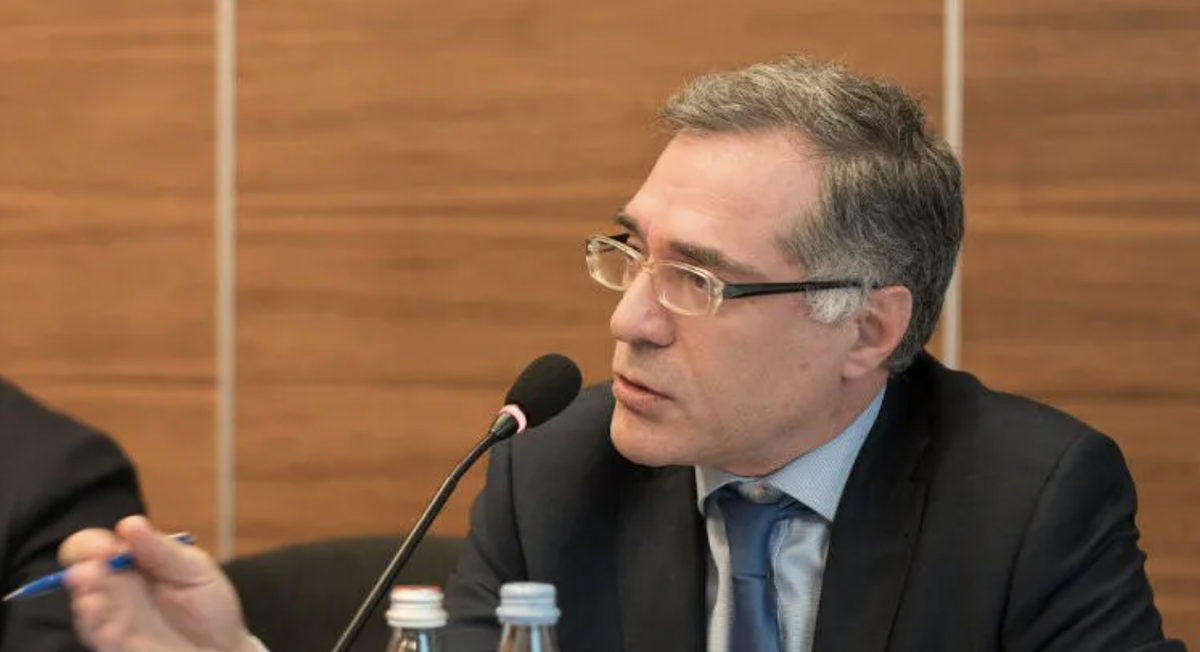Armenia's civic aviation: many ambitious plans, few current achievements
Head of civil aviation committee Tatevik Revazyan shared the Armenian government’s plans to open an aircraft assembly plant, create thousands of new jobs and open a licensed aviation school today while presenting the field’s annual performance results yesterday.
• 100s tech enterprises, a new airport – steps to develop business in southern Armenia
• Yerevan Mayor: Yerevan will be a city of pedestrians and electric vehicles
Future projects
She said Armenia was negotiating with a Russian investor to set up an aircraft assembly enterprise.
“The negotiations are still in the initial stage, but if they are successful, we will have a new plant that will create about a thousand new jobs some time soon”, she said.
Also, she said, negotiations are underway with potential investors who are looking to support the training of aviation specialists. They don’t know yet if investors would like to invest in already existing college, which is not in the best condition, or would they decide to establish a new school. She said specialists from the Cyprus had visited Armenia recently to probe the situation.
“We want to create a school whose graduates would be qualified to fly to Europe,” Revazyan said.
She said she had managed to ensure that Armenian pilots should be able to obtain free training in flight safety and cited this as one of her greatest achievements.
“Training is important to achieve a high level of safety during flights. For example, we have a chance to get free education in the aviation academies of Singapore and China. At the same time, I’ve been able to bring in highly qualified foreign specialists in Armenia.”
Eliminating the “air tax”?
Another of Revazyan’s plans is to have the “air tax” eliminated. It was adopted on December 30, 2008.
Starting from March 29, 2009, all passengers departing from Armenia have had to pay the “air tax” – 10 thousand drams (about $20). The amount was included in the airfare for everyone except for:
• сhildren under 12,
• transit passengers
• participants, veterans of the WWII, widows of those who died in the war
• national heroes of Armenia and Soviet Union.
According to Revazyan, the introduction of the tax was a mistake, and it has prevented the emergence of new airlines in the Armenian market:
“Given the high cost of flight tickets in Armenia, I believe that it is necessary to reduce prices for services and taxes as much as possible, including through the elimination of this tax.”
New airlines and low cost airliners to appear on the market
Low cost airlines, such as Ryanair and Wizz Air, will come to the Armenian market.
“If all the obstacles with the purchase of new aircraft are solved, the low-cost airlines are ready to come to the Armenian market as soon as the summer of 2020,” Revazyan said.
Current situation
The head of the committee believes that not all airports in the country meet the international standards:
“The airport in Gyumri is in a normal condition, as is Zvartnots [the main airport of the country]. A passenger airplane would have no trouble landing in “Erebuni” as well [located very close to the capital]. We’ve been told the airport of Kapan will open soon. But other airports are in a poor state. We need investments to improve runways to make them safer.”
Who is Tatevik Revazyan
She moved to Armenia from Denmark where she had lived for five years.
When she was appointed the head of the committee one year ago, some Armenian media wrote that the 30-year-old didn’t know how to read and write in Armenian and that she had an assistant specially designated to help her with all the documentation and correspondence.
The media created such a big stir that the general directorate of Civil Aviation had to issue a statement:
“The head of the committee can write, read and speak Armenian satisfactorily and is now working to improve the skills. The information that Tatevik Revazyan specifically hires a person who reads texts to her so that she could understand them is not true. We have to take into consideration the she lived in Denmark since she was 5 and received education in English and Danish languages”.










